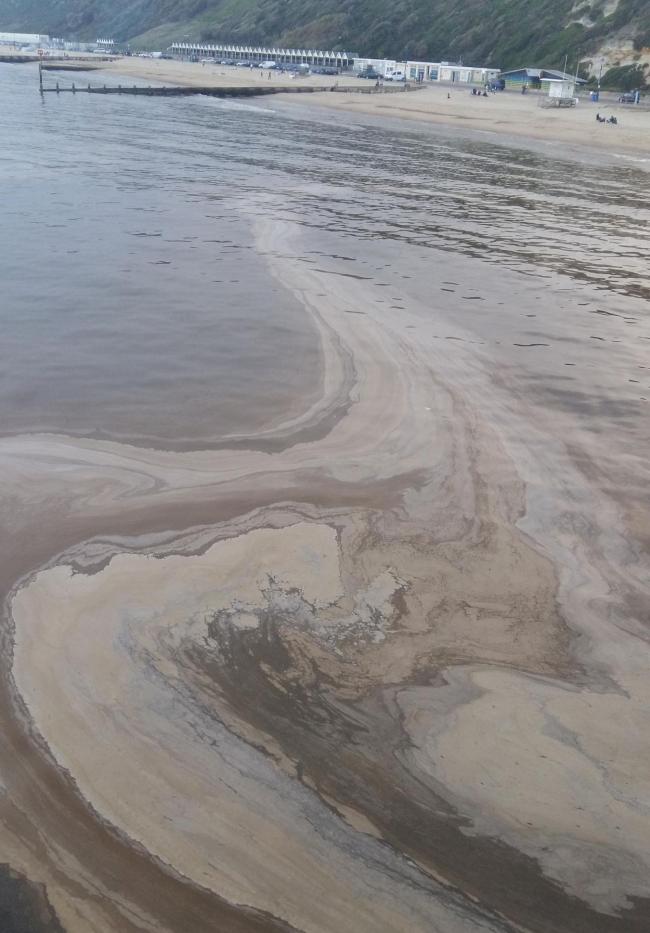It’s a little challenging at the moment for me to get into the great outdoors thanks to horrendous hayfever. For the first time it was so bad I had to get medicine prescribed from the Doctor but even that isn’t making much difference. Fortunately I am very stubborn and am refusing to let my horrendous hayfever stop me for seeing wildlife.
I have spent a lot of time recently near a meandering section of the river Avon. There is usually several bird using the rails of an old railway bridge as a perch and I managed to capture these black-headed gulls doing exactly that.

The two smaller bridges further along the same path are usually quieter as they are further from the town. I have spent a lot of time here marvelling at the beautiful flying display given by swallows and the occasional swift here. They glide over and under the bridge, scooping up insects as they go. Photographing them is tricky but I did manage to get this shot of a swallow perched with some nesting material in it’s beak.

And as I’m discussing swallows, Dorset Wildlife Trust have a new webcam in a swallow nest. I’m not sure of its location so it might not actually even count as part of my area but I love swallows so I’m going to keep an eye on it anyway.

The image isn’t too clear but I *think* there are five chicks in the nest. You can click here to see what’s happening in the nest yourself.
On Sunday I took a detour from my usual route on the Avon Valley Path which took me right next to some of the meanders.

It’s a very clear section of the river surrounded by meadows. Whilst I’m sure there is plenty of wildlife in the grasses most of what I could see was in the air such as a V formation of greylag geese and a majestic mute swan.


I also saw quite a few honey bees near the river.

In other insect news (it is National Insect Week after all), I’ve notice a lot of cuckoo spit in the area lately. Despite the name cuckoo spit has nothing to do with cuckoos or saliva. The foamy substance is created by a small insect called a froghopper. The froghopper nymphs create the substance by excreting the plant sap they feed on and mixing it with air so that they are protected from predating birds. It’s a remarkable defence mechanism which looks really bizarre.

I shall end today with an update on the canada geese I’m following. Today I went on my evening walk a little earlier than usual and found the goose nursery was fairly quiet. When I passed the fishing lake though I discovered a lot of geese on the water. Here’s a group of young geese with their minders:

And here’s some younger goslings who are still that gorgeous yellow colour:

I’ve still got a long backlog of things to share here so do come back on Saturday for that. Remember you can follow me on Twitter @dangoeswild1 for blog updates, wildlife news and even more photos.




























